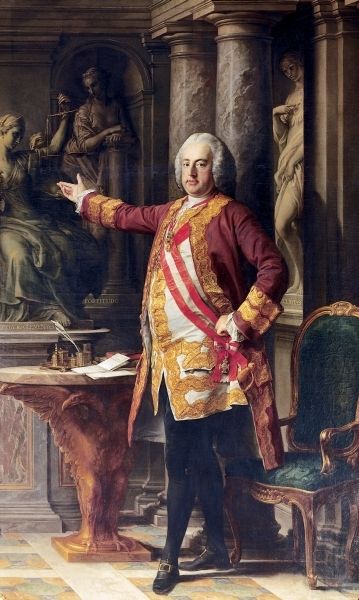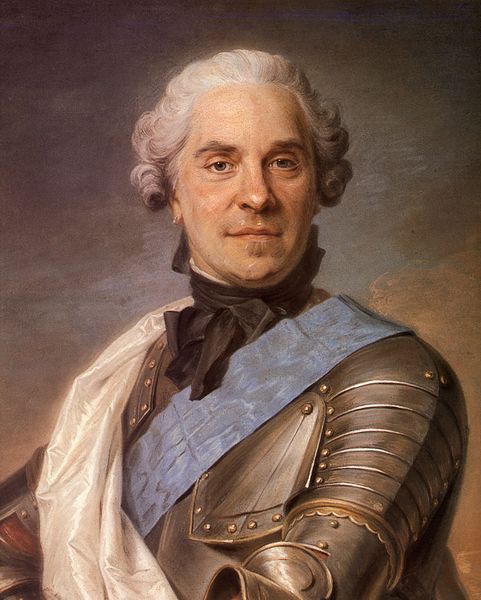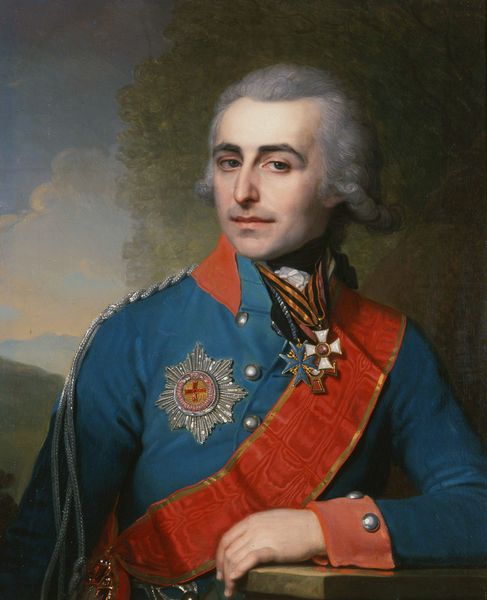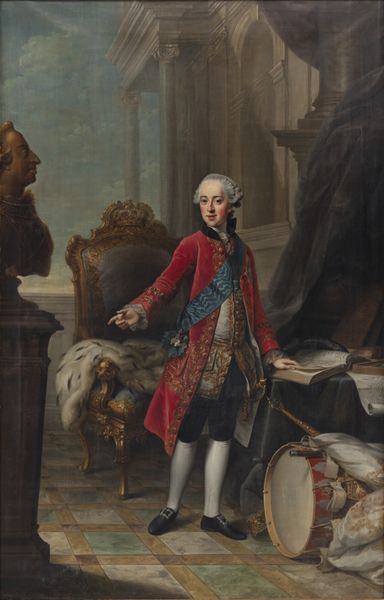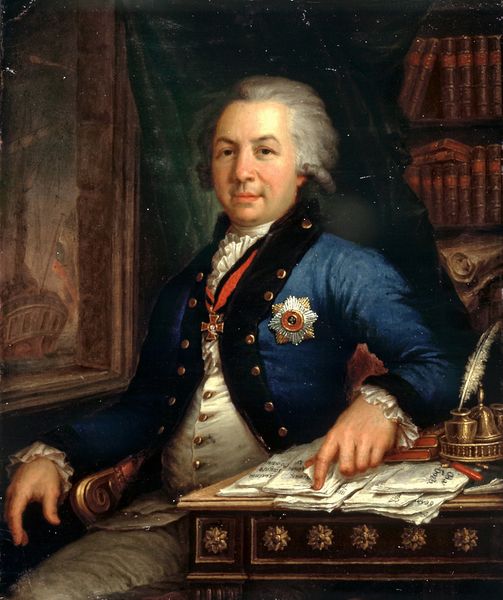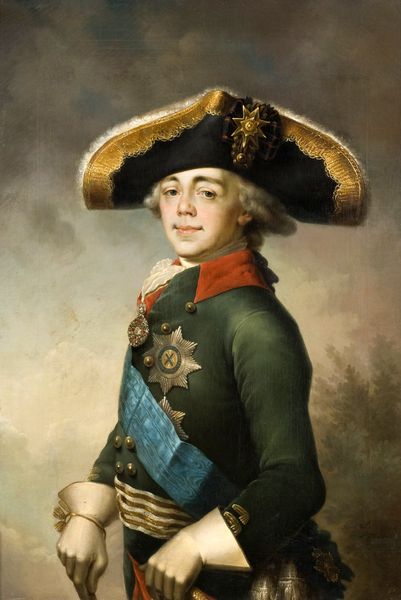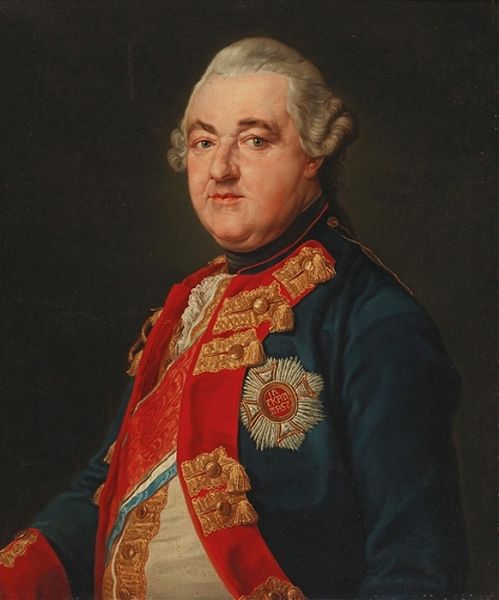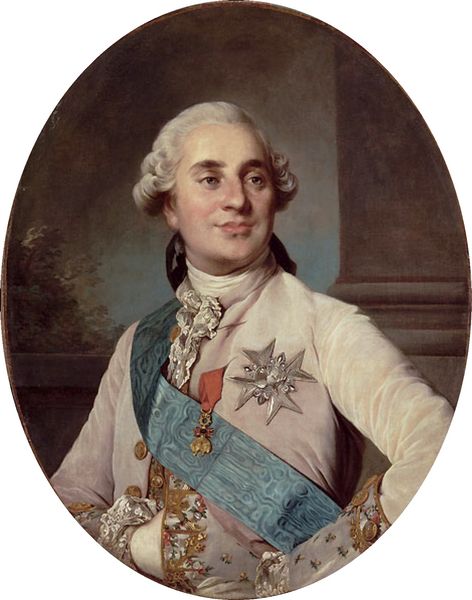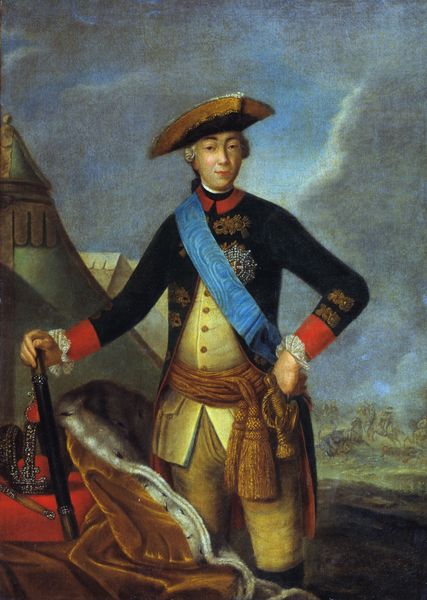
painting, pastel
#
portrait
#
painting
#
figuration
#
pastel
#
history-painting
#
academic-art
#
rococo
Dimensions: height 62 cm, width 51 cm, weight 6.9 kg, height 73.6 cm, width 62.4 cm, thickness 4.6 cm
Copyright: Rijks Museum: Open Domain
Curator: Look at this arresting portrait of Moritz, Graf von Sachsen, a pastel on paper completed by Jean-Étienne Liotard around 1748. What are your immediate thoughts? Editor: A curious calmness emanates from it. The muted tones and the subject's somewhat detached gaze create a serene, almost ethereal atmosphere. It's like looking at a frozen moment of power, framed by this soft Rococo style. Curator: Absolutely. The painting serves not just as a likeness, but also as a declaration of Moritz's status and achievements. Liotard painted it when Moritz was at the height of his career, having served as a Marshal General of France and a commander of considerable renown. Editor: You can certainly sense that authority, although the technique somewhat subdues it. Note how the delicate pastels create a sense of softened grandeur, as opposed to bold oil paints which may feel too forceful here. Curator: Indeed, Liotard chose pastel perfectly, lending it a sophisticated elegance aligned with aristocratic tastes. Notice how he positions Moritz holding the commander's baton with a war scene barely visible behind him to symbolize Moritz’s status. It's clever how Liotard balanced historical accuracy with the conventions of portraiture. Editor: The light catches exquisitely on the golden embroidery of his sash and epaulets. Did Liotard deliberately play with contrasting textures? The softness of Moritz's face against the sheen of the fabric, perhaps hinting at the layers of his character? Curator: I believe that the play with texture would certainly reflect the complex nature of portraying someone in such a prominent political and military position. Also, portraiture served the crucial function of immortalizing and idealizing the figure during the age of aristocratic patronage. The intended message here is definitely controlled but effective, creating a specific impression in viewers, both during that period and for those of us reflecting now. Editor: So it's less about true likeness and more about creating a controlled projection of power, a symbolic construction presented through careful artistry. Curator: Precisely. Liotard's "Portret van Moritz, Graf von Sachsen" not only showcases his skill but also exemplifies the complex interplay of power, identity, and artistic representation. Editor: It's astonishing to see how much information you can uncover when art historical elements harmonize together like that. Curator: Yes, and on the other hand, I find that focusing on materials can equally reveal the subtleties of art.
Comments
No comments
Be the first to comment and join the conversation on the ultimate creative platform.
